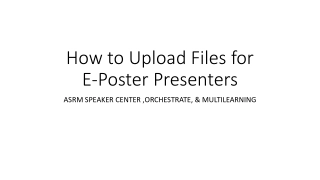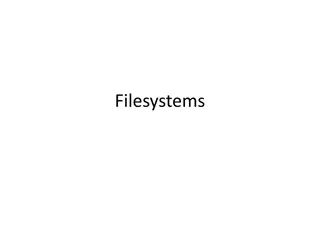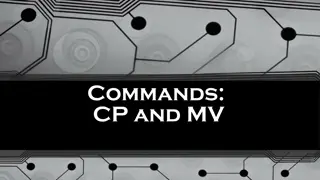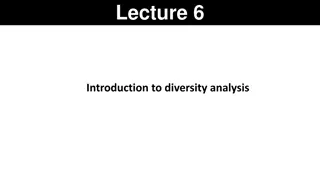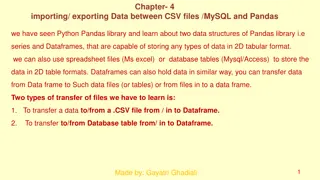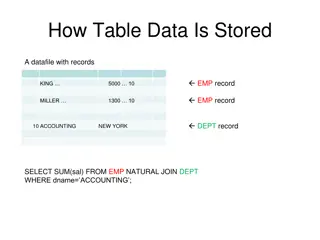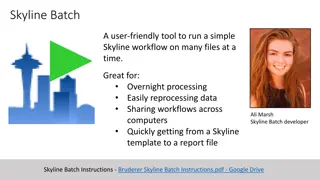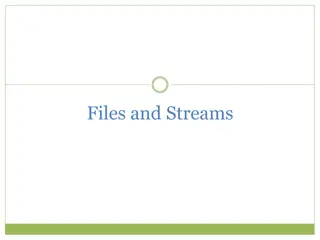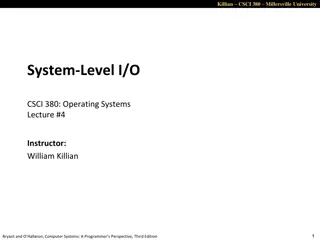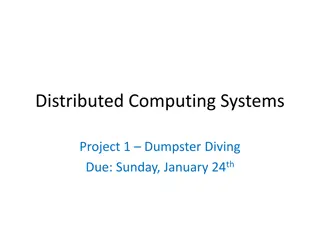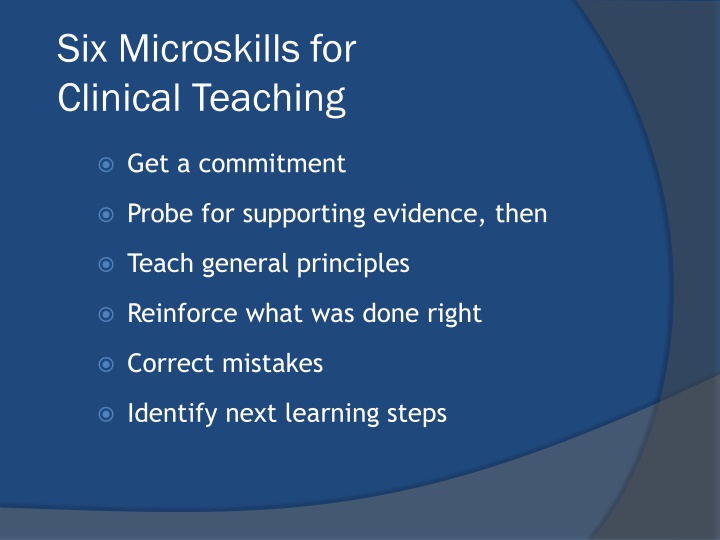
Clinical Teaching Microskills: Enhancing Learning in Healthcare
Learn the six essential microskills for clinical teaching - from getting a commitment to identifying next learning steps. Explore the strategies for effective teaching in medical education.
Download Presentation

Please find below an Image/Link to download the presentation.
The content on the website is provided AS IS for your information and personal use only. It may not be sold, licensed, or shared on other websites without obtaining consent from the author. If you encounter any issues during the download, it is possible that the publisher has removed the file from their server.
You are allowed to download the files provided on this website for personal or commercial use, subject to the condition that they are used lawfully. All files are the property of their respective owners.
The content on the website is provided AS IS for your information and personal use only. It may not be sold, licensed, or shared on other websites without obtaining consent from the author.
E N D
Presentation Transcript
Six Microskills for Clinical Teaching Get a commitment Probe for supporting evidence, then Teach general principles Reinforce what was done right Correct mistakes Identify next learning steps
Microskill 1: Get a Commitment Student: The learner is encouraged to make a commitment to a diagnosis, work-up, or plan. I just finished examining a 16 year-old girl. She has been complaining of pain when she urinates for the past few days. She has never had a urinary tract infection. She denies burning on urination, abdominal pain, fever or seeing blood in her urine. She says she thinks her last menstrual period was a couple of weeks ago. I don t know if she is sexually active. I wasn t sure if I was supposed to ask those kinds of questions. She is here with When learner presents facts and then stops; resist the urge to fill in the blanks. her mother.
Microskill 2: Probe for Supporting Evidence Student: On physical exam, she looked well to me. She was afebrile and the rest of her vital signs were O.K. Her HEENT exam was normal. Her lungs were clear and her heart was regular without any murmurs. Her abdomen was soft and not tender and I didn t think her spleen or liver were enlarged. That s all I examined. Help the learner reflect upon the mental processes used to arrive at the decision. Identify what the learner does and does not know. The learner commits to a stance and looks to the teacher for confirmation: suppress the urge to pass judgment.
Microskill 2: Sample Questions Examples What were the main findings that led to your diagnosis? I m interested in understanding how you have come to this conclusion. Why did you choose that medication given the availability of others? Not Name the 6 most likely causes of _______? Don t you have any other ideas?
Microskill 3: Teach General Principles Preceptor: The UTI is a logical possibility but we don t have adequate information to confirm the diagnosis. We need a more complete physical examination -- particularly of the lower abdomen and external genitalia. We also need a sexual history. Has she suddenly become sexually active? Keep it to 1-3 general rules at most. Keep information general, avoiding anecdotes and idiosyncratic preferences The teacher can skip this step when appropriate.
Microskill 3:Examples Examples Typically there are two main treatment options. Important factors to consider are . . . Not I ve always done it that way. This patient needs Lasix.
Microskill 4: Reinforce What Was Done Right Competencies must be repeatedly rewarded and reinforced. Preceptor: "You identified the most probable concern in this case but you need to complete the physical exam and get a sexual history. Without more information, we can t be sure of what we have. Do you want me to model how to take a sexual history and do a pelvic examination or would you like me to observe you do them? Build upon the learner s professional self-esteem. Focus on specific behaviors.
Microskills 4: Examples Examples You did a really good job of prioritizing that patient s long list of problems at today s visit. You were conscious of the patient s financial situation and cost in selecting the most appropriate antibiotic. This will help the patient be compliant with medication. Not Good job!
Microskill 5: Correct Mistakes An appropriate time and place must be chosen. Ask the learner to critique their own performance first. Focus on how to correct the problem or avoid it in the future.
Microskills 5: Examples Example You may be right that this child s symptoms are due to a URI. But without checking the ears, you may be overlooking an otitis media. There are more cost-effective approaches to treating ___________. Not Why don t you read about that later. That whole case was handled badly.
Microskill 6: Identify Next Learning Steps Fosters self-directed learning; facilitates the learner identifying their own needs. Offer specific resources as appropriate; the idea is for the teacher to role model their own learning approaches. Agree upon an action plan
Microskill 6: Examples What do you think you need to learn more about? That s a good topic to research. I tend to use ___________ as a first step in looking up this type of information. Let s agree to discuss this again on Friday after you have had time to research this.
Frontier School of Midwifery and Family Nursing

